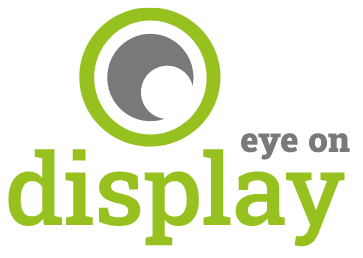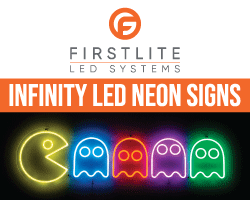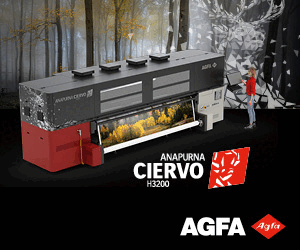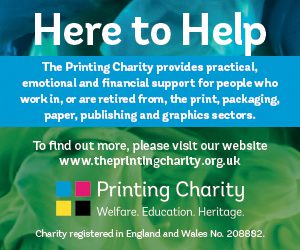Visually impaired consumers are found to be at risk due to inconsistent availability of accessible food packaging
Research commissioned by Roland DG reveals that millions of visually impaired people face a daily challenge of navigating the supermarket aisles due to the inconsistent and sparse use of accessible packaging. 80% of food brands admit that they do not incorporate Braille or tactile symbols across all of their packaging, leaving many visually impaired individuals in doubt about their purchases.
The research – which surveyed 500 senior packaging decision makers across Europe – found 70% of brands also fail to use modern digital solutions, like NaviLens or QR codes, on all their products. This inconsistency creates a life-threatening challenge, especially for consumers with allergies or dietary restrictions who rely on accessible labelling to make safe choices.
Lucy Edwards, disability activist and social content creator said, “Accessible packaging is more than just a convenience—it’s a lifeline for people like me who are visually impaired. Having clear, tactile, or scannable information on packaging can mean the difference between safety and uncertainty. Brands that embrace this printing technology are not only leading the way in inclusivity but are also setting a standard for others to follow.”

Food brands want to be inclusive, but challenges remain
While the risk to visually impaired consumers is evident, the ambition for change within the food industry is clear. 93% of food packaging decision-makers surveyed expressed their willingness to invest in accessible packaging solutions, with almost half (49%) ready to allocate between £50,000 to £100,000 to make this transition.
However, 93% of food brands surveyed admit they face significant barriers in making these changes. The most cited challenge is the high cost, with 51% of decision-makers pointing to financial constraints as a major hurdle. The complexity of packaging regulation has deterred 38% of brands, while 16% admit they are unsure where to begin on their journey towards accessible packaging.
Julianne Ponan, Founder of Creative Nature, who suffers from anaphylaxis and created the company to cater for all top 14 allergens so more people can enjoy meals together, said: “At Creative Nature, we believe that everyone deserves to know exactly what they’re consuming, especially when it comes to allergens. Working with Roland DG has allowed us to learn how to make our packaging more accessible, which is a key part of our mission. It’s vital that packaging decision makers prioritise these solutions because inclusivity isn’t just a luxury—it’s essential for ensuring the future safety of all consumers.
A Call for Support
To overcome these barriers, food brands are increasingly looking for government intervention. Over a third (34%) believe that accessible packaging should become a legal requirement, urging policymakers to create clear, consistent regulations that would guide brands through the necessary changes.
Stephen Davis, EMEA Marketing Director & UK President at Roland DG, sees this as a pivotal moment: “The food industry is at a crossroads. We have the technology and the willingness to make packaging accessible, but brands need guidance. Accessible packaging is not just a moral imperative, it’s a critical business opportunity to reach more of your audience. Digital printing technologies offer a scalable solution that can help brands meet the needs of visually impaired consumers and ensure that everyone can understand what they are eating.”

















